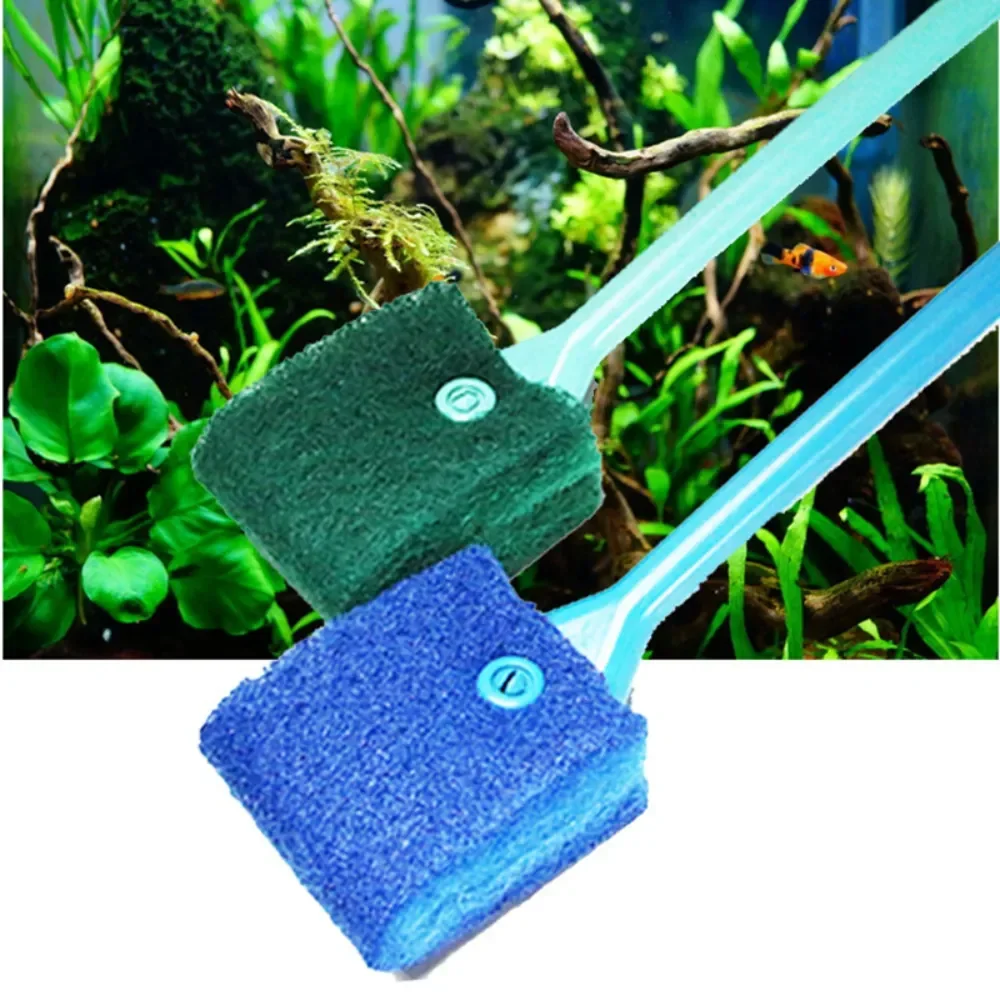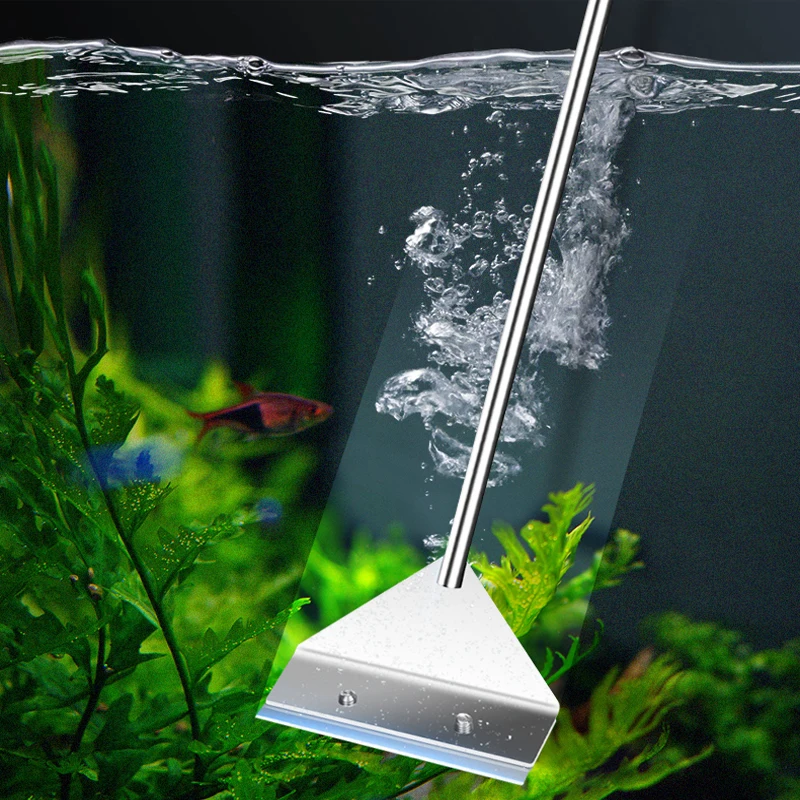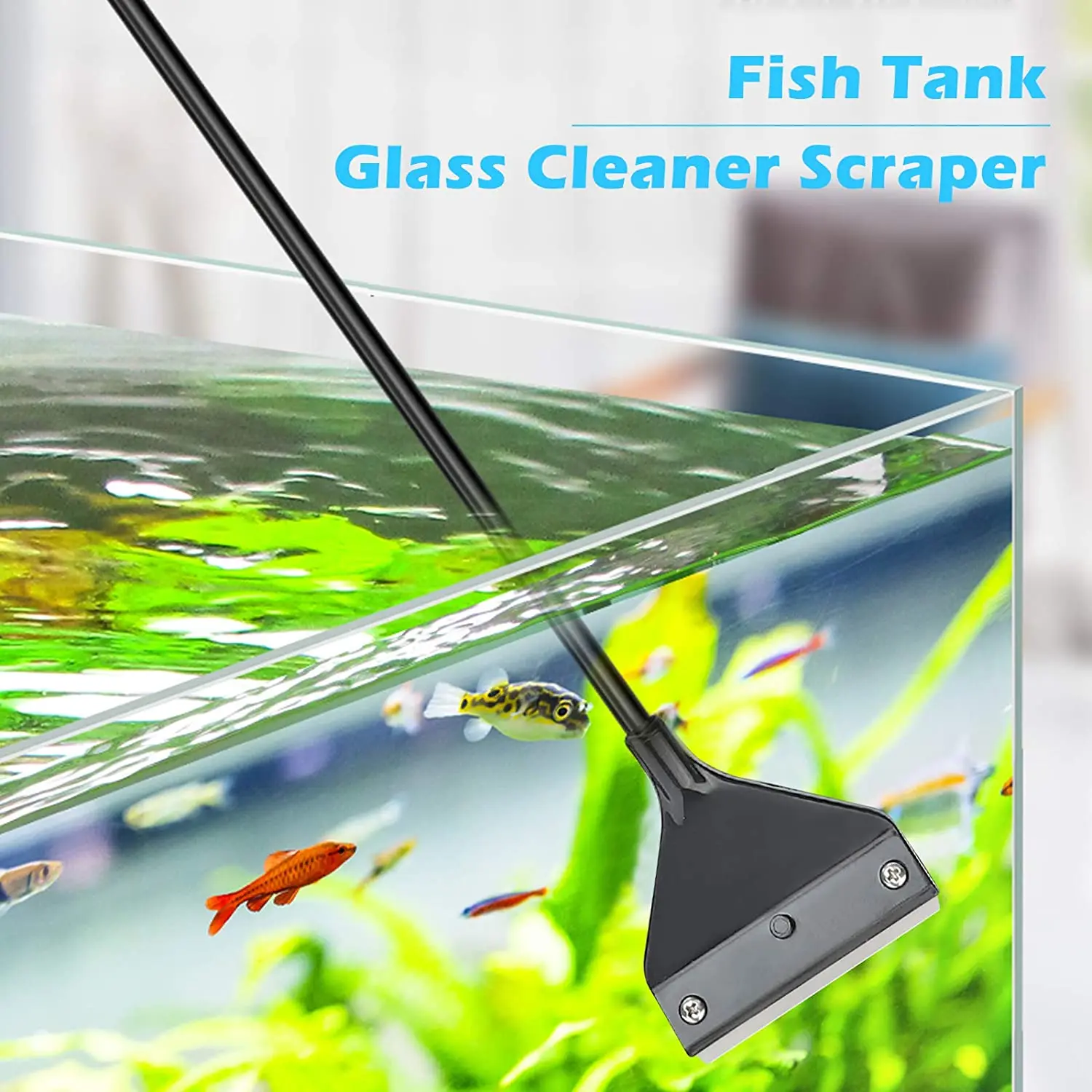The Ultimate Guide to Properly Cleaning Your Fish Tank: A Step-by-Step Process
Keeping a fish tank clean is crucial for the health and well-being of your aquatic pets. Regular maintenance not only ensures a beautiful and clear aquarium but also promotes the longevity of your fish. Follow this comprehensive guide to learn the step-by-step process of cleaning your fish tank effectively.
Understanding the Importance of Regular Cleaning
Regular cleaning is essential because it removes excess waste, chemicals, and algae buildup from the tank. These elements can harm your fish if left unchecked. Additionally, a clean tank promotes optimal water quality, which is vital for the health of your fish and the overall ecosystem of the aquarium.
Gathering the Necessary Equipment
Before you begin cleaning your fish tank, gather all the essential equipment. This includes:
- Algae scraper or sponge
- Aquarium vacuum or siphon
- Clean bucket
- Fishnet
- Clean towels or paper towels
- Water conditioner
- pH testing kit (optional)
- Replacement filter media (if applicable)
Having everything ready ensures a smooth and efficient cleaning process without the need to pause midway.
Preparing Your Fish and Aquarium Environment
Firstly, turn off all electrical equipment connected to the tank, such as heaters, filters, and lights. This precaution prevents any accidents and ensures your safety during the cleaning process. Next, remove any decorations or accessories from the tank that require cleaning or rearranging. Place them in a separate container with tank water to keep them safe and preserve beneficial bacteria.
Removing Excess Debris and Waste
Using a fishnet, gently remove any visible debris, uneaten food, or dead plant matter from the tank. Be careful not to disturb the substrate or uproot live plants excessively. This step helps maintain water quality by reducing organic waste that can decompose and release harmful substances into the water.
Cleaning the Tank Walls and Decorations
With an algae scraper or sponge, carefully clean the interior walls of the tank. Start from the top and work your way down to avoid pushing debris into the substrate. If decorations are dirty, gently scrub them with a sponge or soft brush under running water. Avoid using soap or detergents, as these can be harmful to fish even in small amounts.
Vacuuming the Substrate
Using an aquarium vacuum or siphon, clean the substrate thoroughly. Insert the vacuum into the gravel or sand and move it around to lift debris and waste. Siphon out approximately 20-30% of the water during this process to remove accumulated pollutants from the tank effectively. Focus on areas with visible waste buildup or where debris tends to settle.
Changing the Water
Once the substrate is clean and debris-free, it’s time to replace a portion of the water. Use the clean bucket to siphon out 20-30% of the tank water into the bucket. Dispose of this water safely, away from drains or natural water sources. Refill the tank with fresh, dechlorinated water at the same temperature as the tank to minimize stress on your fish.
Cleaning and Maintaining Filters and Equipment
Check and clean your aquarium filter according to the manufacturer’s instructions. Replace any filter media that has worn out or become clogged to ensure proper filtration efficiency. Clean other equipment such as heaters and air pumps as needed to maintain their functionality and longevity.
Testing Water Parameters
After cleaning and water replacement, use a pH testing kit if necessary to check the water parameters. Ensure that pH, ammonia, nitrite, and nitrate levels are within acceptable ranges for your fish species. Adjust as needed with appropriate water conditioners or additives to create a healthy aquatic environment.
Acclimating and Returning Your Fish
Before returning your fish to the tank, acclimate them gradually to the new water conditions. Float their transport container in the tank for about 15-20 minutes to equalize temperature. Then, add small amounts of tank water to the container over the next 30 minutes to allow the fish to adjust to any minor differences in water chemistry.
Observing and Maintaining
Observe your fish for any signs of stress or illness following the cleaning process. Monitor water clarity and quality over the next few days to ensure that the tank remains clean and stable. Perform routine maintenance tasks such as feeding, water testing, and partial water changes to keep your aquarium in optimal condition.
Tips for Maintaining a Clean Fish Tank
- Regular Maintenance Schedule: Establish a routine for cleaning and maintenance based on the size of your tank and the number of fish. Consistency is key to preventing algae buildup and maintaining water quality.
- Monitor Water Parameters: Invest in a quality test kit to monitor pH, ammonia, nitrite, and nitrate levels regularly. Understanding these parameters helps you detect any imbalances early on and take corrective action.
- Avoid Overfeeding: Overfeeding is a common cause of excess waste in fish tanks. Feed your fish small amounts of food at scheduled times, and remove any uneaten food promptly to prevent it from decomposing.
- Use Algae Eaters: Consider adding algae-eating fish or invertebrates like snails or shrimp to help control algae growth naturally. They can be a valuable addition to your tank’s ecosystem.
- Keep Equipment Clean: Regularly clean and maintain your aquarium equipment, including filters, heaters, and air pumps. This ensures they function efficiently and prolongs their lifespan.
- Monitor Fish Behavior: Watch your fish for any changes in behavior, such as reduced activity, loss of appetite, or abnormal swimming patterns. These could indicate stress or health issues that need attention.
- Quarantine New Fish: Before introducing new fish to your main tank, quarantine them in a separate tank for a few weeks. This precaution helps prevent the spread of diseases and parasites to your existing fish population.
Common Mistakes to Avoid
- Complete Water Changes: Avoid completely draining and refilling your tank unless absolutely necessary. This disrupts the tank’s nitrogen cycle and can stress your fish.
- Using Household Cleaners: Never use household cleaners, soap, or detergents to clean your fish tank or accessories. These substances are toxic to fish and can be difficult to completely rinse off.
- Neglecting Filter Maintenance: Filters are crucial for water filtration and maintaining water quality. Neglecting filter maintenance can lead to poor water conditions and stress for your fish.
- Ignoring Water Testing: Regularly test your water parameters to ensure they are within acceptable ranges. Ignoring water testing can lead to harmful conditions that endanger your fish’s health.
- Overcrowding: Avoid overcrowding your tank with too many fish. Overcrowding leads to increased waste production and can strain the tank’s filtration capacity.
Dealing with Algae Issues
Algae can quickly become a nuisance in fish tanks, affecting water clarity and aesthetics. Here are some strategies to manage algae growth effectively:
- Lighting Control: Adjust the duration and intensity of aquarium lighting. Algae thrive in excessive light, so consider reducing lighting hours or using a timer to maintain a consistent light cycle.
- Algae Scrubbing: Regularly clean algae from tank walls, decorations, and substrate using an algae scraper or sponge. This prevents algae from taking over and competing with your plants or corals.
- Natural Algae Control: Introduce algae-eating fish, such as certain species of plecos, catfish, or algae-eating shrimp. These species help keep algae growth in check by consuming it as part of their diet.
- Chemical Treatments: Use algae-control products cautiously and only as a last resort. Follow the manufacturer’s instructions carefully and consider their potential impact on other tank inhabitants and water quality.
Conclusion
Regular cleaning and maintenance are essential for the health and longevity of your aquarium inhabitants. By following this step-by-step guide, you can ensure a clean and healthy environment for your fish to thrive. Remember to maintain a consistent cleaning schedule and observe your fish regularly to address any issues promptly. With proper care, your fish tank will remain a beautiful centerpiece in your home for years to come.









